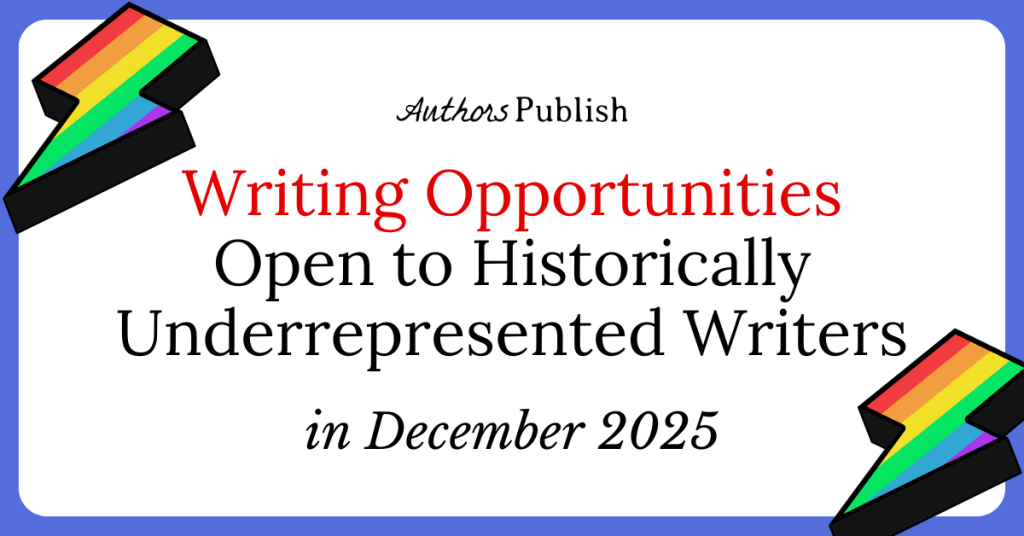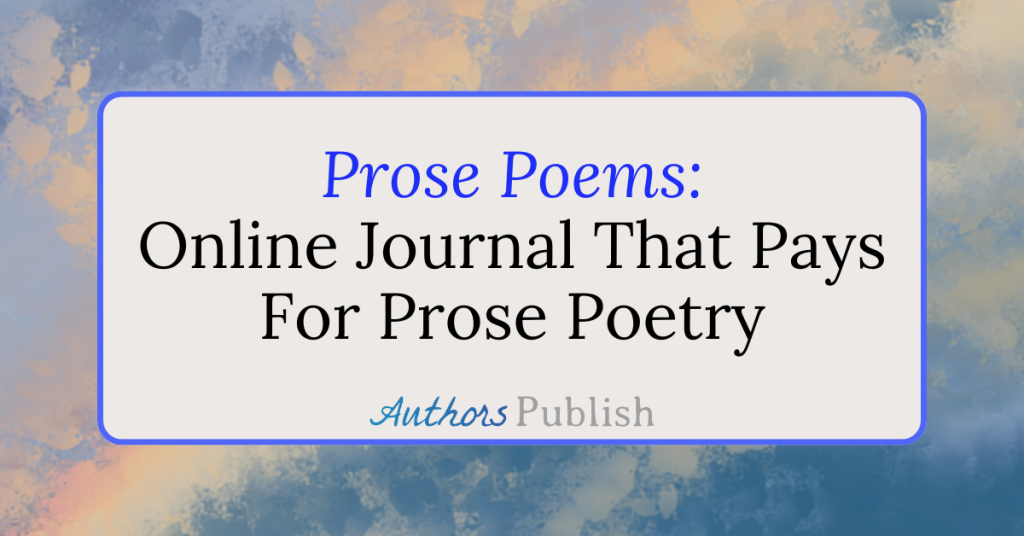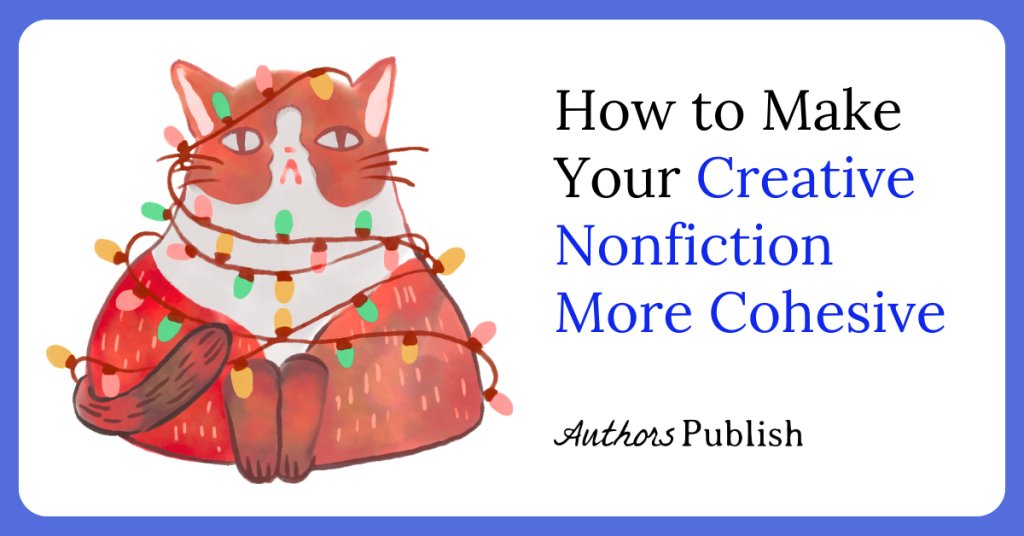By Dawn Colclasure
Some writers fear writing a first draft. The first draft is that blank page looming before them, daring the writer to compose a masterpiece. Feeling as though they must write a perfect first draft is just one of the roadblocks writers face when it comes to writing something new. It is also a common barrier to actually getting that first draft written.
The first draft is supposed to be a rough telling or a basic outline of a story. When you write your first draft, you are figuring out all of the elements of your story. You will discover your key points, the main characters, and what is supposed to happen. It’s not meant to be the one and only draft for your work, but mainly the “bare bones” of what will ultimately be in your final draft.
However, when it comes to first drafts, there are writers who feel that it should be perfect. It’s a good idea to remember that no first draft is perfect. A writer would do well to remember that everything they write in their first draft can be changed later. The beginning can be changed, character names can be changed, and more details can be added in later revisions. You won’t be able to get to that point unless you start with a first draft.
Unfortunately, tight deadlines mean some writers only have enough time to write one draft of their work. They get all their pre-writing and research done as they work. They don’t have the luxury of time to let a draft sit before revising it or allowing enough time to polish a story.
In such cases, the writer will have to edit and revise their work as they go. This has happened many times both in my experiences as a journalist and as a writer of fiction.
Another issue with first drafts is that some writers may feel that the draft they are writing is terrible. They hate it. The writing is awful, characterization is weak, the story is undeveloped and there just isn’t enough information. They may feel like giving up on the whole effort.
In this case, the writer would do well to continue writing, even if they feel the first draft is bad. Why? Because you need to get everything about your story down in that first draft. All of your ideas, all of your impressions and all of the things which you feel should go into that particular kind of work. This way, you can sort it all out later when you revise. You can also fix the writing later. You can fix all of the story elements – plot, characterization, setting, etc. – after you get that first draft written.
Another roadblock keeping writers from getting started writing their first draft is that they may not know where to start. They have an idea for something to write, but no beginning.
There are a few ways to resolve this issue.
One method of getting started writing when you don’t know where to start is to write what you have the idea for. Start there, with your idea. Then, as you write more, you’ll figure out more of your story later.
Another method is to just think about your idea for a while and really put yourself into the story. What do you see happening? What are characters saying and feeling? What is the setting? Start writing all of this information down and use it as a beginning.
A third method is to do some pre-writing. Do some research for your idea, create character sketches, and perhaps draw your characters. This will help the story come to life in a larger way and you will have a better idea on how to get started writing it.
The first draft can also give the writer the impression that it is a permanent draft. There is the notion that the first draft which is written will be the draft to submit to the editor. This can fill the writer with dread and hold up the process of even getting started with the writing.
In order to get past this roadblock, remind yourself that it is a first draft. If necessary, post a favorite quote about first drafts right where you can see it as you are writing. You can also try writing your first draft by pen instead of typing it. This can serve as a reminder that this is only a first draft.
Ideas for things to write cannot live in your head forever. They must be written. They must be put into a first draft. You may feel more confident about your first draft after doing some research, outlining, sketching and pre-writing, but in the event you still feel some kind of dread over getting those first words onto the page, remind yourself that you need to start somewhere. Anywhere. Use the words that work best and get busy writing the rest of your first draft. Everything can be changed later – including your draft.
It may seem intimidating to write the first draft, but it won’t be your only draft. You might end up writing a different kind of story when you revise. Some writers write several drafts and versions of a story until they are satisfied that it is ready. The first draft helps you to get started with telling your story.
Most first drafts serve as a springboard to the second draft of your work. The first draft is meant for you to work with; all future drafts are where you get a little bit closer to the final draft. You won’t get to that final draft unless you have your first draft, so find a way to push aside your trepidation and write that first draft. At least this way, writing that first draft will help you figure out your work better – and what kind of work it is meant to be.
BIO: Dawn Colclasure is a writer who lives in Oregon with her husband and children. She is the author and co-author of over two dozen books, among them 365 Tips for Writers: Inspiration, Writing Prompts and Beat the Block Tips to Turbo Charge Your Creativity and the horror novel, Shadow of Samhain. She is also a freelance writer, book reviewer and ghostwriter. She publishes the SPARREW Newsletter each month. Her websites are at https://dawnsbooks.com/ and https://www.dmcwriter.com/. She’s on Twitter @dawncolclasure.






